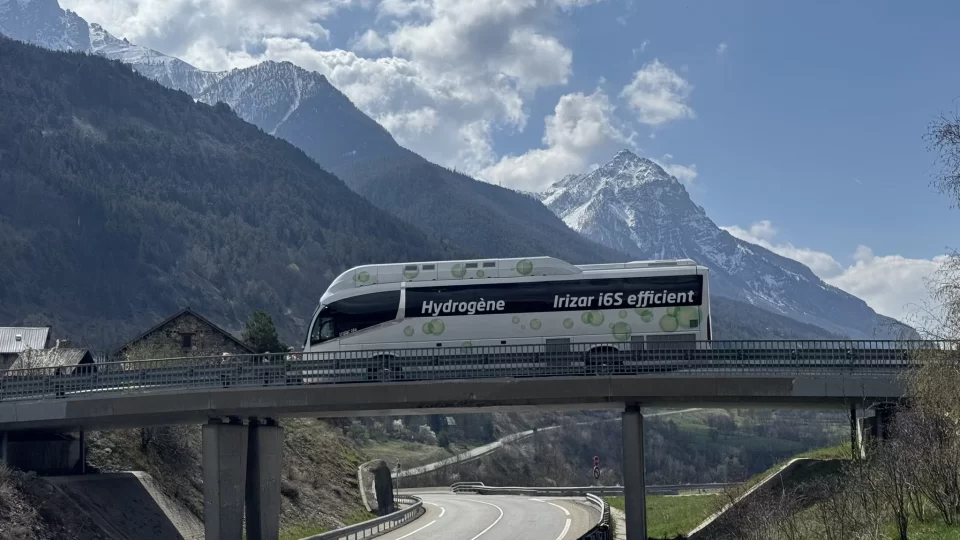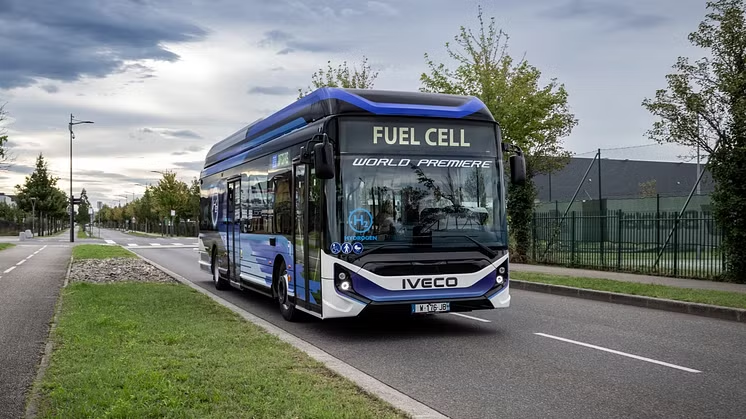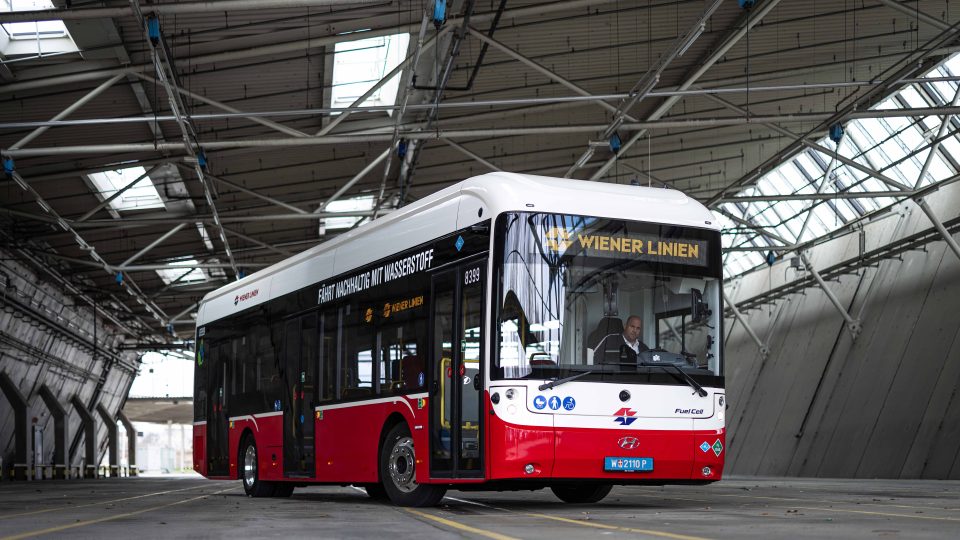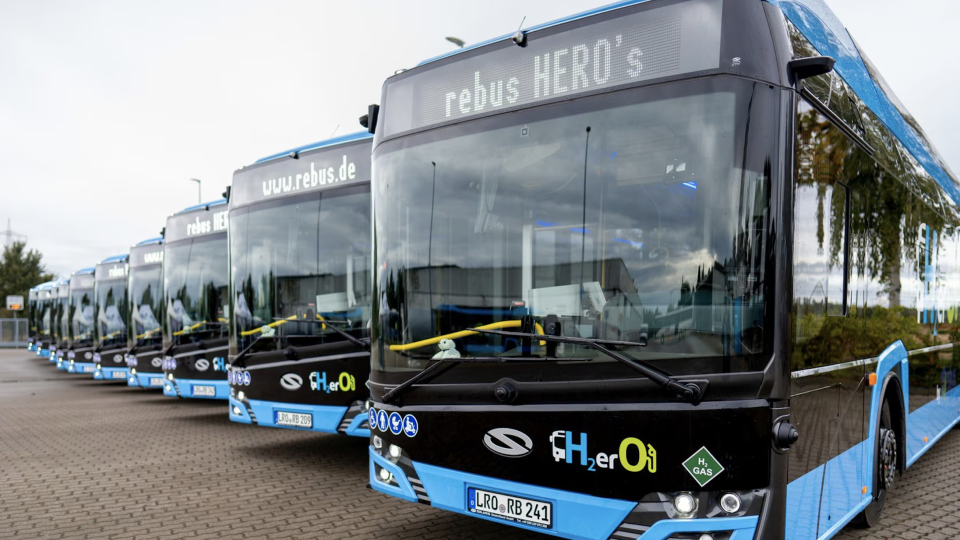Arriva Group is testing a CaetanoBus fuel cell bus in Italy
The Caetano H2.City Gold is now in Italy to do demonstrations with the operator Arriva Italia. The vehicle was presented during an event held in Trieste Trasporti headquarters, during which the bus and its characteristics and capabilities were shown, and it was possible to carry out road tests through the streets of the city. The […]
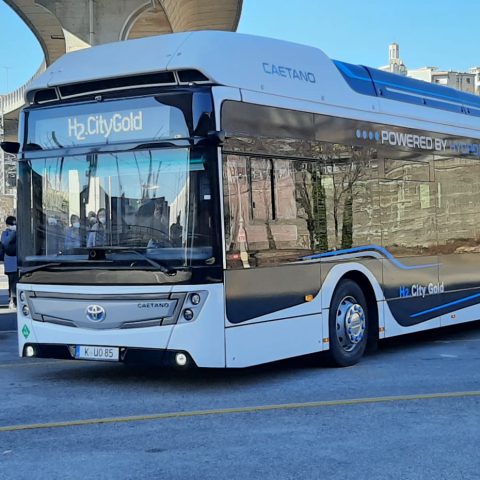
The Caetano H2.City Gold is now in Italy to do demonstrations with the operator Arriva Italia. The vehicle was presented during an event held in Trieste Trasporti headquarters, during which the bus and its characteristics and capabilities were shown, and it was possible to carry out road tests through the streets of the city. The pilot marks the first use of Caetano’s hydrogen buses in Italy.
The Portuguese company is going to launch an articulated 18m zero emission bus in 2023. And in 2022 the Portuguese company (partner of Toyota) will also present a fuel cell intercity and Cobus model.
CaetanoBus and Toyota strengthened their strategic alliance in December 2020, when a strategic alliance was announced between Toyota Europe, CaetanoBus and Finlogin an effort dedicated to the development and production of fuel buses in Europe. CaetanoBus is the first bus company in Europe to use Toyota’s leading fuel cell technology.
Caetano fuel cell bus in Italy with Arriva Italia
The Caetano H2.City Gold, equipped with the Toyota Fuel Cell and co-branded with Toyota since last year, is a 12m urban bus and offers a range over 400km, being able to match the conventional diesel buses’ autonomy in a single refill, as states the bus builder. The vehicle presents environmental advantages since all it emits is water vapor and it is 100% emission-free. The demonstration will allow us to show the practical operation of the hydrogen technology and obtain real in-use information of daily driving conditions with varying weather, usage, and traffic environments.
For Nuno Lago de Carvalho, Chief Commercial Officer of CaetanoBus, “it is a very important step and opportunity for us to show and raise awareness for H2 mobility in Italy, where our electric hydrogen-powered buses can contribute and play an important role in the decarbonization of the public transportation of Italian cities, as well as improving the quality of life of the future generations through our environmentally friendly mobility solutions. Italy is a key market for us and it is good to be aligned with the operators in the fight against climate change and help people moving in a greener way.”.
Angelo Costa, CEO of Arriva Italia, comments: “as reiterated recently in a study commissioned by Arriva Italia to The European Ambrosetti House and dedicated to mobility in Friuli-Venezia Giulia, the Region has a bus fleet that is newer than the Italian average, but which now sees the need for investments in alternative propulsion vehicles to enable greater environmental sustainability. The transition from carbon dioxide forms of power supply to green traction sources has now become fundamental. The planned replacement for the FVG of about 330 vehicles by 2026, of which 45% with alternative propulsion (electric, methane/biomethane and, albeit experimentally, hydrogen) will make it possible to save up to 5,400 tons of CO2 / year, once fully operational, for the same kilometric distance.”


